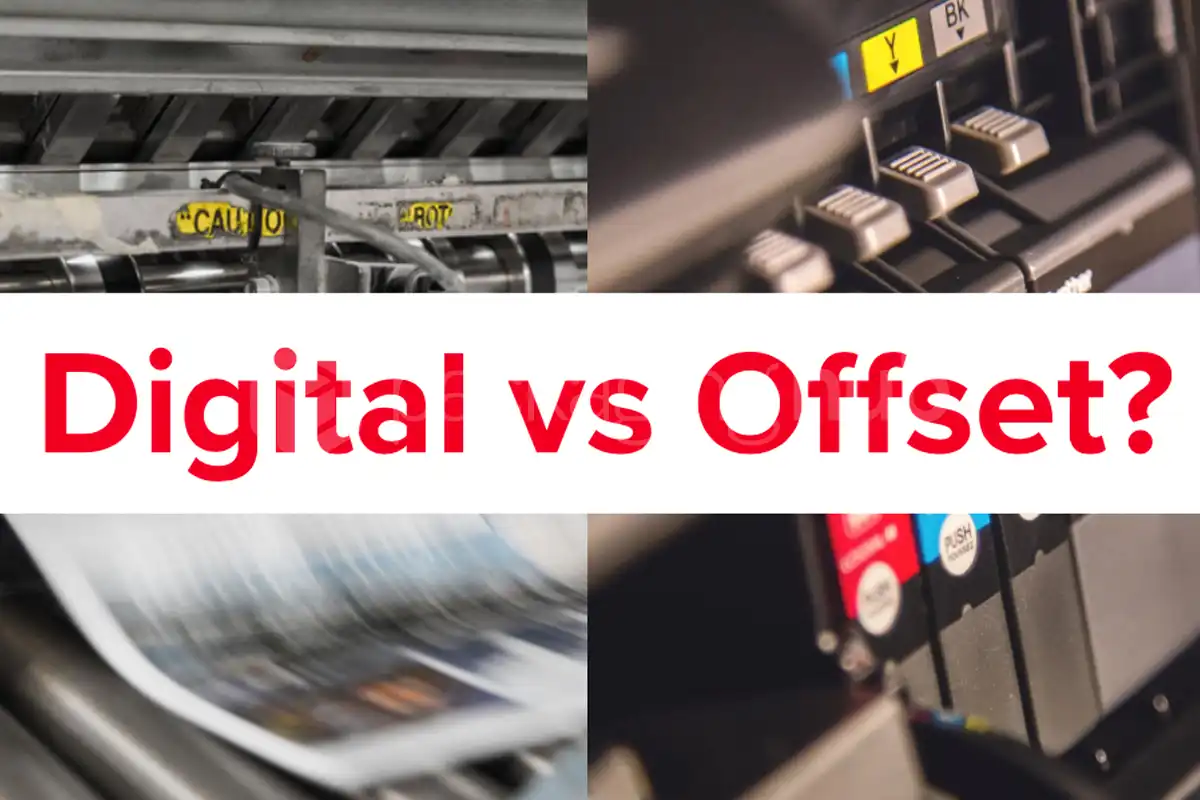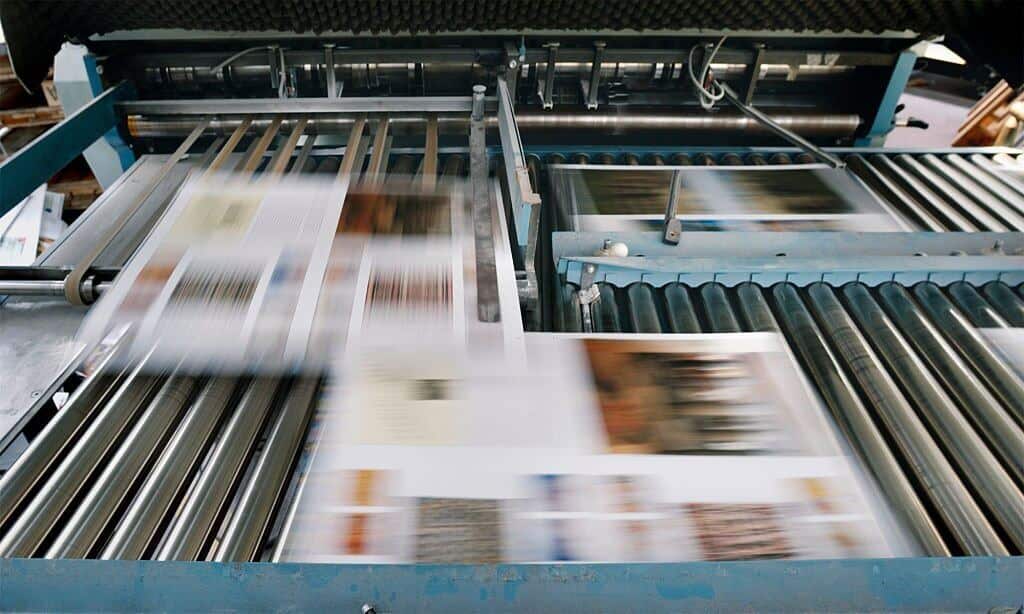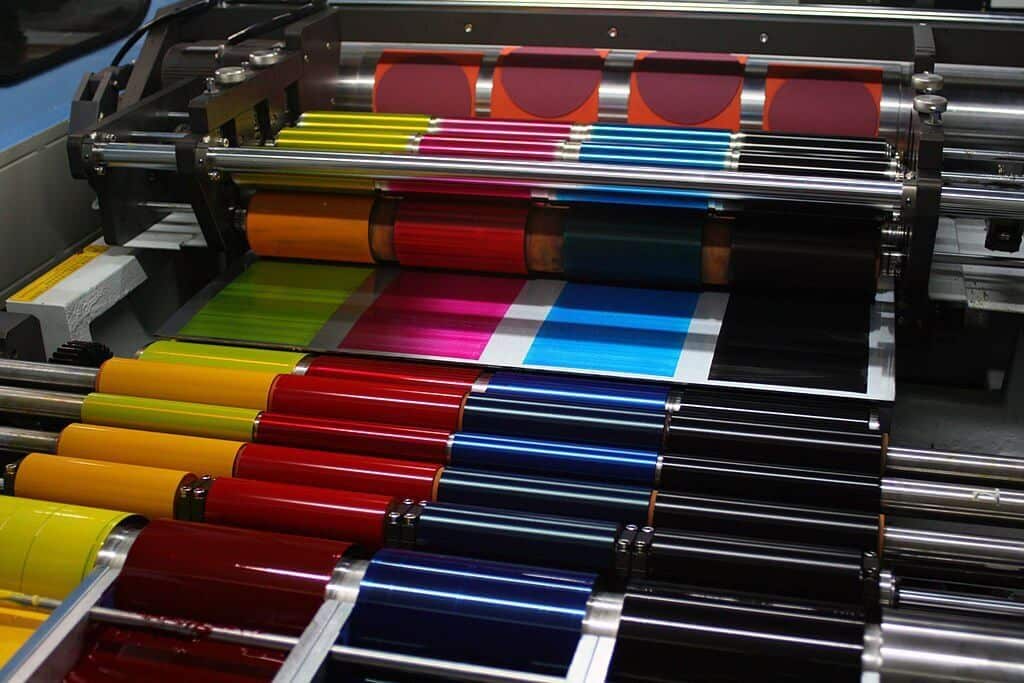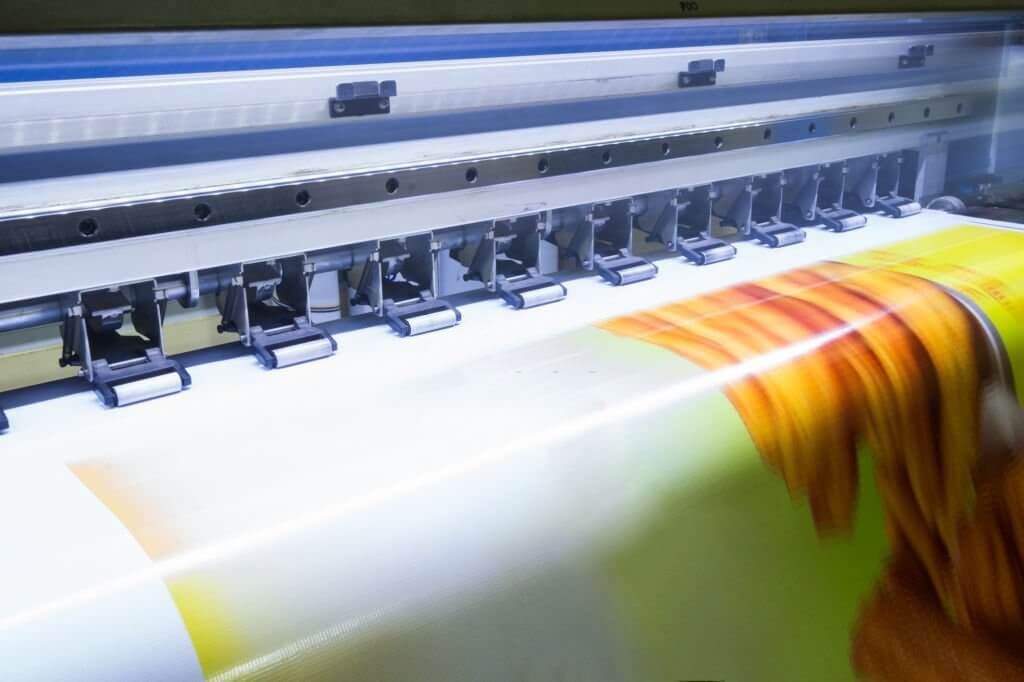Free Shipping On All Orders!
Home » Blog » Offset vs Digital Printing for Packaging Boxes: Best for You

When you choose custom boxes for your products, you will probably know what you want them to look like, including the size, design, and more.
But have you considered the type of printing that will be used?
If you’re new to all this, you may think that the printed package will look the same as the colors on the screen. However, it can never be 100% the same, which can lead to mistakes that affect the appeal of your product packaging and even impact your brand image.
Two of the most popular printing options are digital and offset printing in packaging. We look at both to help you decide which is best for your custom packaging.
Table of Contents
ToggleNow, we will discuss the benefits of the two types of printing, but we also need to ensure that you know which type is for which type of printing. Here is what you need to know:
In the coming sections, We will discuss digital printing packaging and offset methods.
Offset printing transfers ink to a rubber roller from a metal plate, usually made from aluminum, and then applies the ink to the printing surface.
These Offset printing presses were first developed in 1875 to print on tin surfaces and were later used to print on paper. This printing technology has been popular ever since, and it’s now the printing method used for mass-produced items like magazines.
Image quality is excellent when using offset presses and is also a very cost-effective choice for large-volume printing.
Now you can read about the offset printing process, which is the essence of such a production. These steps need care and experience to get more accuracy and better quality for your production. So, following these steps carefully can help you achieve great results in the production process.
Sheet-fed is another type of printing that you can try in the offset printing department. It is a great type of lithography printing that you can use with manually cut sheets. This printing type is considered different from web printing due to technical reasons.
The main reason is that web printing continually uses paper rolls fed into the printer.
So, if you seek a printing method that will help you achieve more economical results, you can try web-fed offset printing. It is known for providing shorter covers, as the end product may shrink due to the heating process.
You should know about the fiber direction in this kind of printing. You can make it parallel to the ridge of the product, making it easy to browse through a catalog you are creating or any other product.

So, if you want this printing, you should ensure that your fiber direction is right. One way to do that is to ask the printing company to send you a sample to ensure it meets your needs. Also, you should be sure that the quantity you want to print will be right for your budget.
The most standard format for web-fed is A4, but you can also change this format depending on your machine’s capabilities.
Digital printing presses are very different. This process involves taking the electronic files and converting them directly into print. The best way to think about digital printing is how your digital printer works at home or in the office, including both LaserJet and inkjet printers.
It is popular for smaller print runs like brochures and business cards. It offers a good quality finish but has a lower spectrum of colors compared to offset printing.
Digital printing is a great type of advertising or branding you can do. So, if you want to use this one, you can follow these steps to use this amazing technology. One thing is for sure: you should be looking to get these services from a company that deals in this type of printing. The process they follow looks like this:

You can try two types of digital printing for your products: inkjet and laser. Before you do either of the two, you should know about the whole process and what to do during it.
This printing process is simpler than other types and follows a 2D technique that helps add tiny drops of ink to the paper.
This type of printing is more superficial to conduct, so there are fewer chances of issues in it.

Laser printing is another type for your branding or other printing needs. Such printers follow the following steps to give you a great design:
These printing options are both suitable for different types of printing tasks. So which is right for you? Here are several factors to consider.
In general, offset printing is better for larger print runs because of the quality and cost-effectiveness of large projects. This means printing over 500 pieces will be more economical, and you will also enjoy better colors and quality.
Digital printing is an option if you only print a few items. With offset printing, more preparation involves creating the plates and other processes. So, for price alone, digital printing is a good choice for smaller projects.
But if you want higher-quality results, offset printing is a better choice, regardless of the size of your project.
If you need something printed very quickly, digital printing is faster. It could be a good option if turnaround times are short and you don’t have many items to print.
That’s not to say that offset printing is slow because an experienced printing company can still perform it quickly.
If the printing image quality is essential for you, which is probably for your custom packaging, offset printing is the best option. Quite simply, nothing beats it.
Compared to digital print, the final result is clean, the typography is distinctive, and it produces rich images and vivid colors. No other level of precision can match it.
If you have a small print job and a low budget, digital printing may be better. But with a large print run and tight budget, you will save money using offset printing.
You may worry about the costs of creating the plates and die, which are additional costs you don’t have with digital printing. However, some companies (like us) do not charge for these and offer them as complimentary services.
If this is your first time sending out custom boxes, offset printing may be the best idea, even for smaller print runs. If everything goes well, you can use the same design again and scale it up as much as you need. The first run accomplishes most of the work.
So, if you’re planning more custom boxes in the future, offset printing is a great choice.
When it comes to equipment costs, digital printing has lower initial costs. This means smaller businesses can easily access this type of printing. On the other hand, offset printing has higher initial costs that can be justified for their cost-effectiveness for high-volume runs.
Digital presses have software that checks errors during the process, but they may not be able to handle certain issues, like catching low-resolution images. For this purpose, methods like visual inspection will be needed, which may lead to wasted time and paper. As this process is quite fast in comparison, you can have bigger wastage during the print.
The digital printing method allows you to print on-demand, ensuring you get the best customization and personalization you would love.
Offset printing produces stunning results on almost any material and is very flexible.
Digital printing can be used on basic materials only. So, it may be an option for simple e-commerce retail boxes, and digital can also be used on corrugated packaging.
Often, you will want your custom boxes to stand out, and offset is much better for this. The design can be used on a vast range of materials, and it is beneficial for rigid packaging, like when you sell luxury products or gifts to get the best possible quality.
The offset is usually best for paperboard packaging. It has a more precise printing output and vivid colors, and it’s excellent for small texts that provide more accurate information and communicate more effectively with customers. Digital vs Offset printing pros and cons are given below:
Digital Printing |
|||
| Pros | For smaller budgets | Faster than offset printing | |
| Cons | It does Not Work for All Materials | May not work for bigger jobs | |
Offset Printing |
|||
| Pros | Better quality, accuracy, and colors | For Larger Print Runs | Works on several materials |
| Cons | Expensive for smaller quantities | Not a Green Solution | |
Offset printing has much better color depth and brightness. Offset printers can match inks perfectly, unlike digital printers. Color output is clean and crisp, just like store display packaging. While digital also produces a high-quality finish, it’s often more suitable for simpler designs.
When it comes to the best coating options for offset printing, you can try offset better; we have a list of all the best coating options compared to digital techniques. Here are some:
Now, all of these coatings are not available in the digital version of printing, and if you want to achieve results with any of them, you need to ensure you use offset printing.
This technique allows you to run shorter print runs for larger sheet sizes. This means that you can use special digital printers for runs that offset printing would not offer in terms of cost-effectiveness.
On the other hand, you can rely on digital printing regarding the sheet size of runs, as this technique allows for bigger sheets.
Now, you must accept prototyping to improve and ensure the quality of the packaging products you want. Both of these techniques have pros and cons that you would like to know about.
When it comes to digital printing, the pros of using it for prototyping are different than offset but similar to the other and more general benefits of this method, like:
Just the pros you can have, the use of digital printing has some drawbacks when it comes to prototyping, like:
The pros of offset printing may not win the game for you when it comes to their use for prototyping, but still, there are some points you would like to know.
There are some big no’s when it comes to this technique for the purpose we are discussing. For instance, offset printing involves high costs that no company would be willing to spend on this task. At the same time, we need faster turnaround for our prototypes, which offset printing can not offer. Also, you should use this technique when you are looking to get a bigger number.
Here are some pros you get with this technique in terms of order quantities:
Here are some cons of offset printing that make them not-the-best-choice-product for smaller runs:
Apart from the two giants we discussed, multiple smaller techniques can help you get their benefits.
Here is a list of other options you might like to know about.
If you are looking to get better color accuracy, superior details, and larger runs, offset printing is better. On the other hand, digital printing is best when you want shorter print runs and have requirements for variable data printing.
The answer to this question depends on your print resolution, image complexity, paper stock, finishing techniques, and paper stock choices. Offset printing is better for resolution, image complexity, and finishing techniques. On the other hand, digital techniques offer consistent and excellent text quality.
Learn about this topic on packaginghub.com, where we have some of the most impressive blogs and content. This blog post will also help you choose the right printing option.
You can use it for marketing materials, packaging, stationery, publications, commercial printing, and magazines. Also, you can use it for brochures, books, packaging, art prints, posters, greeting cards, maps, charts, and calendars.
You can use this method for high-quality photos, large-format printing, marketing materials, promotional products, and event materials. At the same time, you can use it for on-demand printing products, such as reports, personalized marketing, inventory, direct mail marketing, product labels, art reproductions, and professional photography.
Digital techniques cannot be used for thick and heavy paper stocks, which are not the best for textured papers. Also, you should avoid using heat-sensitive specialty papers with this technique. Offset may not work for very thin papers and also requires papers with very specific moisture levels.
Yes, it offers eco-friendly benefits like reduced waste, on-demand printing to avoid overprinting, and the ability to work with recycled paper stocks, vegetable-based inks, and water-based coatings.
These are some primary offset and digital printing considerations for your print project. Regarding digital vs. offset printing, there are advantages to both printing methods. However, we would generally recommend offset printing for your custom packaging.
You want your custom boxes to be attractive, stand out, and effectively convey your brand message. Offset has so many advantages over digital printing that it’s almost always the best choice.

Order your stylish and durable custom boxes and packaging from a team of industry experts.